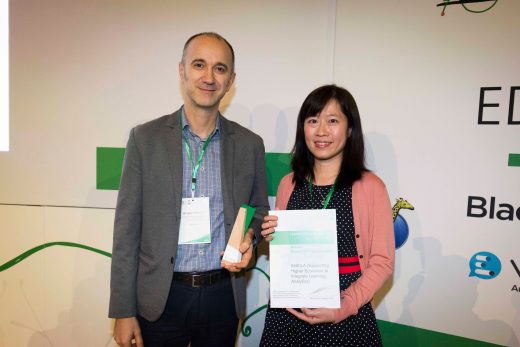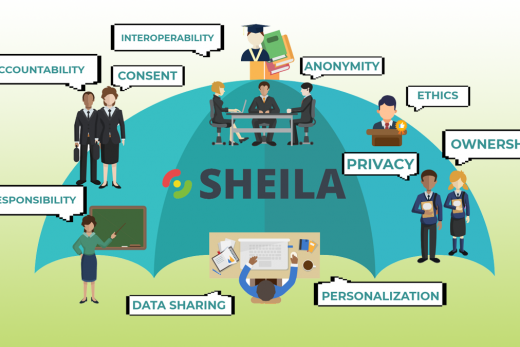This course was first launched on 11 May 2020 on FutureLearn, which has successfully engaged a wide range of audiences. Although the course was initially targeted at institutional leaders, learning technologists, and practitioners in higher education, we have welcomed several learners from the other educational sectors. The popularity of the course has led to another iteration in September 2020 soon after its first launch. Through the course, we have established a community of practice where people generously share their experience and resources related to blended learning, teaching, and educational set-up, especially in the face of COVID-19 disruptions. Currently, the course is open for self-directed learning: https://www.futurelearn.com/courses/making-blended-education-work
This course was developed with a group of researchers who collaborate on the EMBED project (European Maturity Model for Blended Education). The course is intended to:
- Introduce concepts of blended learning, blended teaching, and blended education
- Introduce a reference model to assess the maturity of blended learning practices in course and programme levels at higher education
- Include topics that look into critical dimensions of blended learning, such as relations between beliefs and practice, external factors and internal motivations, tensions between opportunities and costs, and adaptations in the post-digital world
The target audience is higher education institution leaders, particularly those involved in leading the design and implementation of blended-learning (e.g., Heads of learning technology teams, Director of an academic programme, and the Head of an academic department/ school). The course also covers topics relevant to learning technologists, practitioners and researchers who are interested in blended-learning related research and implementation strategy.
Here is the trailer of the course:




